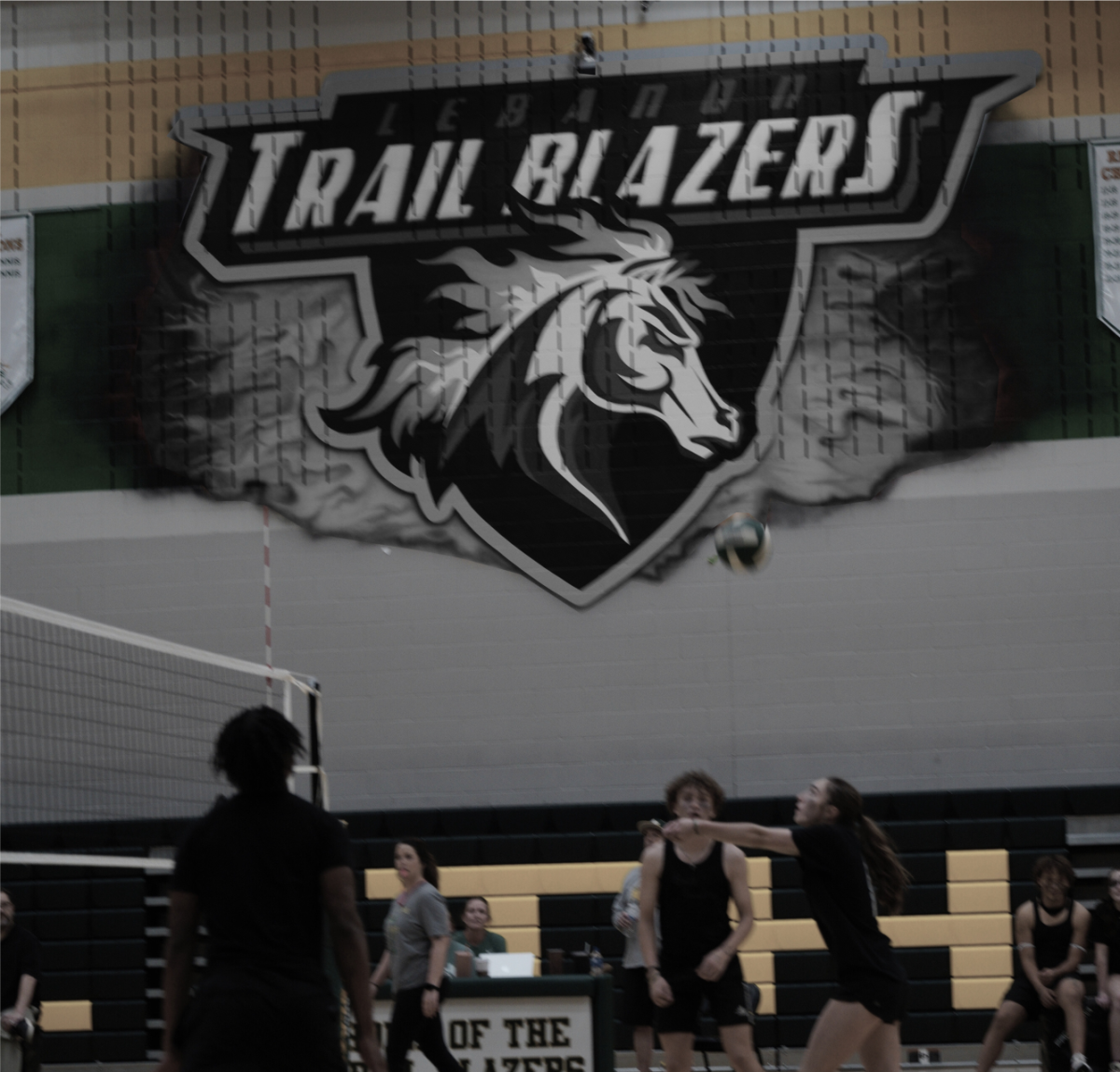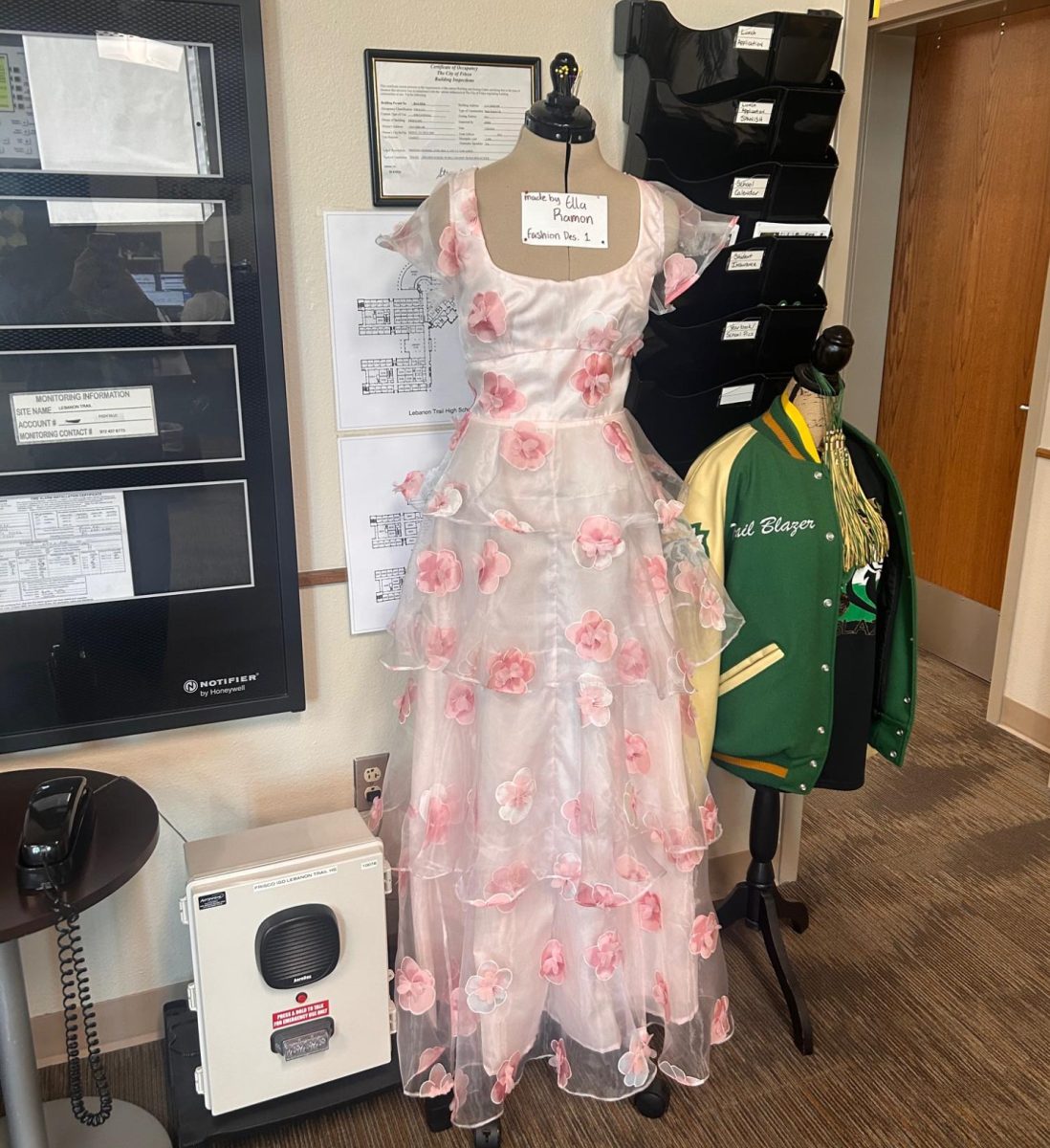
Throughout a child’s early life and education, parents and teachers have stressed the importance of college and reaching for the “higher” or “more prestigious” schools. Although, for most students, it does not become a reality until high school. Each year the journey through college applications becomes increasingly competitive.
Ivy Leagues are no longer the only colleges to face an influx of applications. Reasonably so, many may forget there is only a total of eight Ivy Leagues. In fact, Stanford University’s 4% admission rate is considerably lower than a couple of this prestigious group. U.S. society labels the Ivy Leagues as the most respected schools. However, such universities are only viewed this way because of their northern geographic location, and their establishment date.
It can be argued only a privileged group of individuals will ever have the chance to reach for an Ivy League. Grades that get a person to the top of their class does not mean they can attend one of these schools. Some adults’ salaries amount to how much people pay for top level colleges. For example, the yearly tuition of Northwestern University is about $89, 395 (before aid). Such a cost is more expensive than a majority of the Ivy Leagues. Not everyone can afford such expenses. Meanwhile many privileged families (especially those who have lived in the US for generation) can pay for multiple of their children’s prestigious education.
In order to best represent the student population for this article, a group of upperclassmen were given a college related survey. They were asked questions relating to information and opinions on Ivy Leagues, as well as their dream schools.
One of the questions focused on identifying Ivy Leagues institutions. The answer choices included Stanford, MIT, Columbia, and University of Pennsylvania. Of this list, the top two chosen answers were Columbia and MIT. However, MIT nor Stanford are considered Ivys, despite their extremely low acceptance rates.
This statistic not only proves high schoolers do not feel a need to educate themselves over Ivy Leagues. But it also reminds us of how many other schools have just as low of acceptance rates.
One of the most sought after public universities (at least amongst Texas students) is the University of Texas at Austin (UT). In fact, the U.S. News & World Report named UT as the top seventh U.S. public school. The colleges which ranked above UT included some University of California schools and University of North Carolina at Chapel Hill.
One of the free response questions in this article’s survey related to colleges of interest. A majority of these students answered UT. This raises the question: what establishes UT’s high status?
Well, for many Texas residents, UT brings them opportunities in a new location, while remaining relatively close to home and providing a decent, cheaper tuition. UT is not necessarily a revolutionary or even unique university. The appeal stems from the respect and reputation established by its graduates. Lastly, for some, a school which prides itself on college football and academics is the best combination they could find.
At the end of the day, a person’s education does not establish their worth nor their knowledge. Attending an Ivy League, or any other “prestigious” institution will not guarantee a quality collegiate education. In fact, some highly successful individuals of society do not even use their university major.
In the US specifically, those who are able to say they attended a prestigious college are given more value. It seems that society as a whole places a stronger weight on conversations regarding college admissions and rank, rather than what remains more important: the experience and education one can receive at any college, not just Ivy Leagues.









